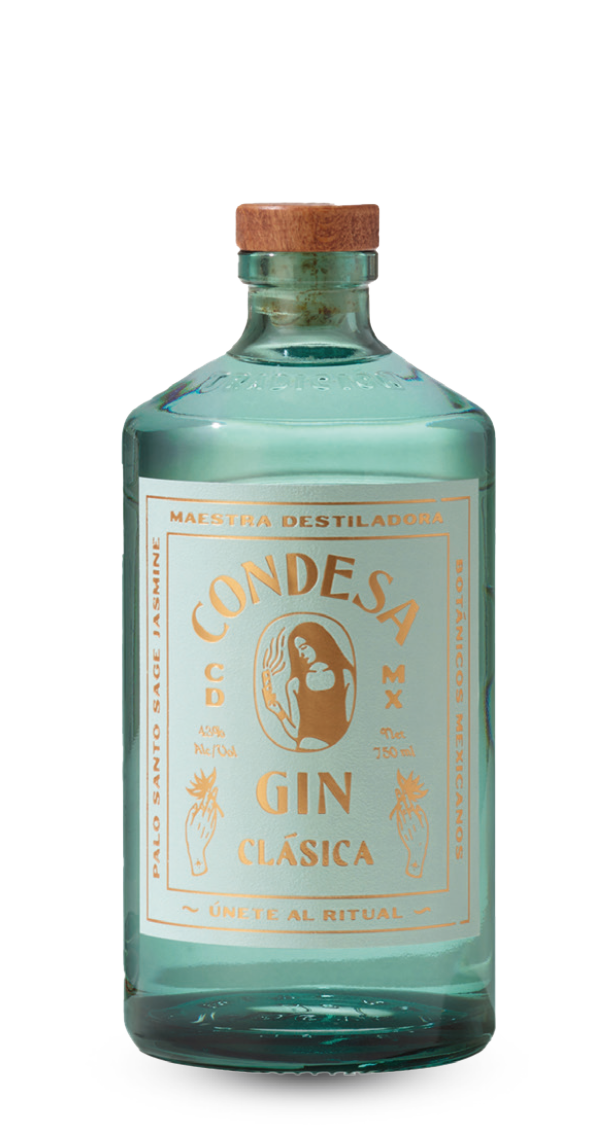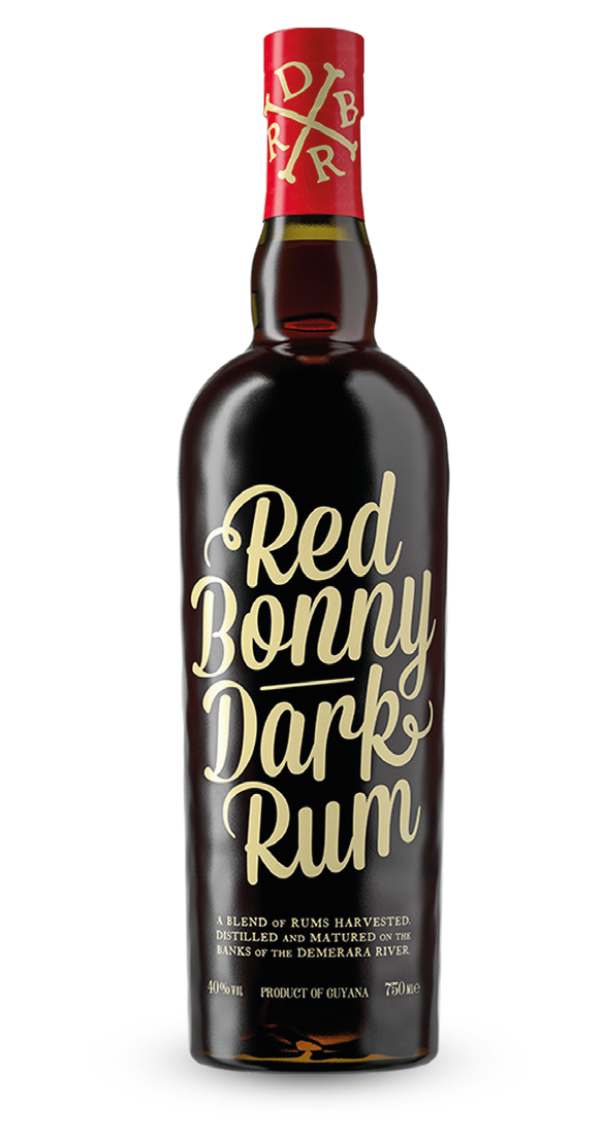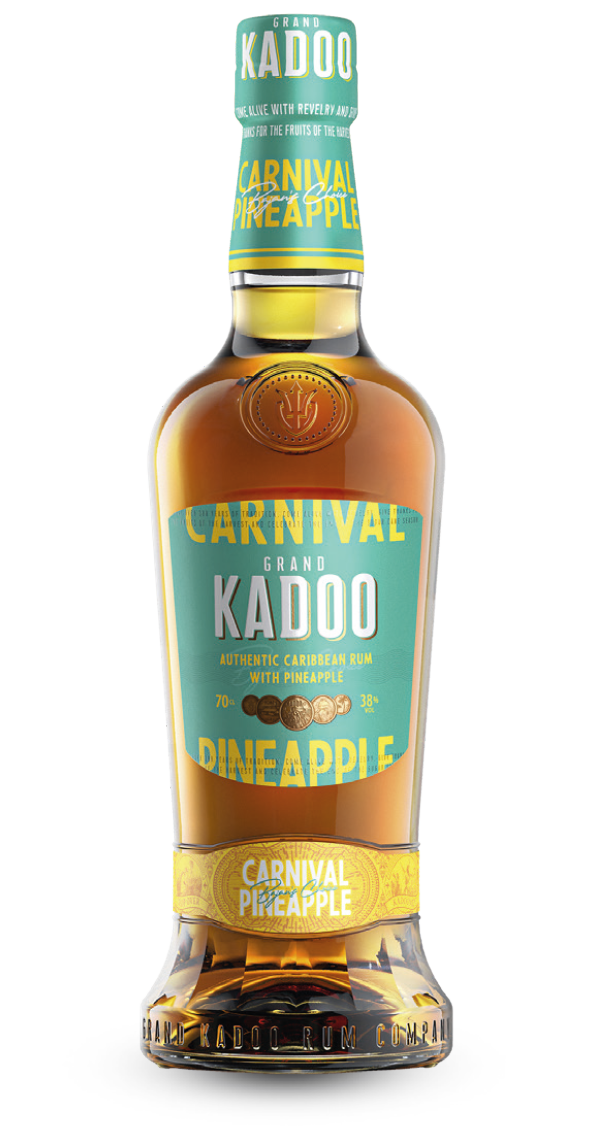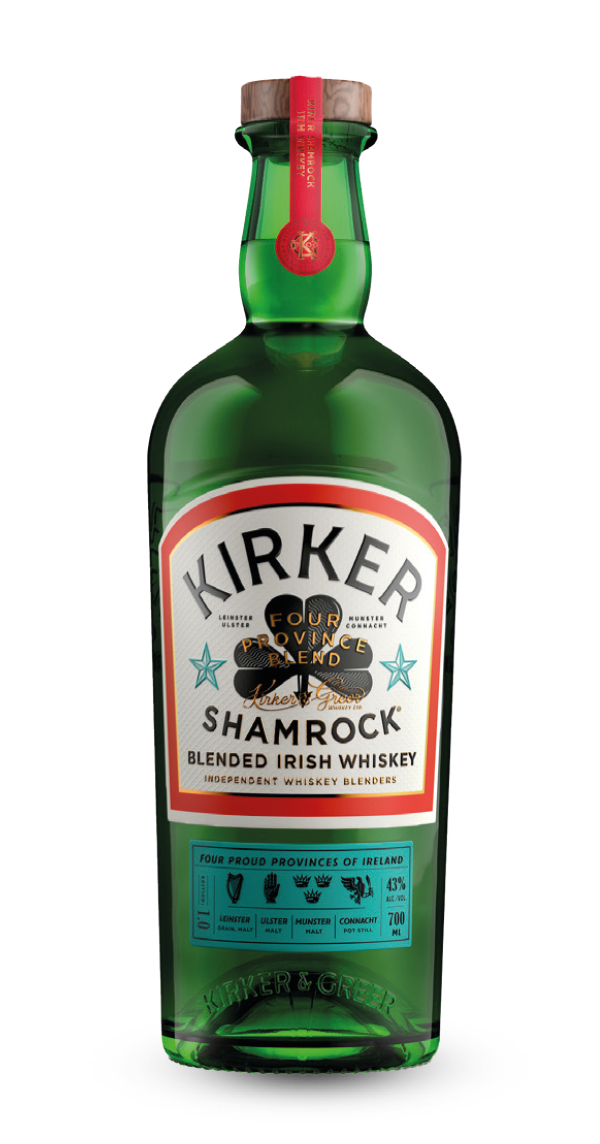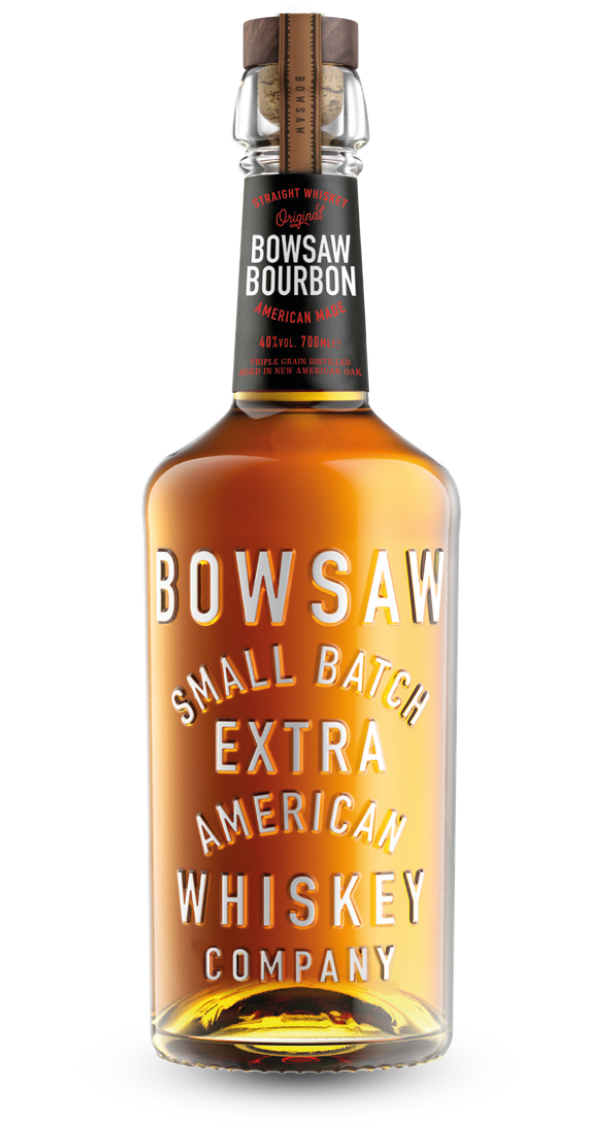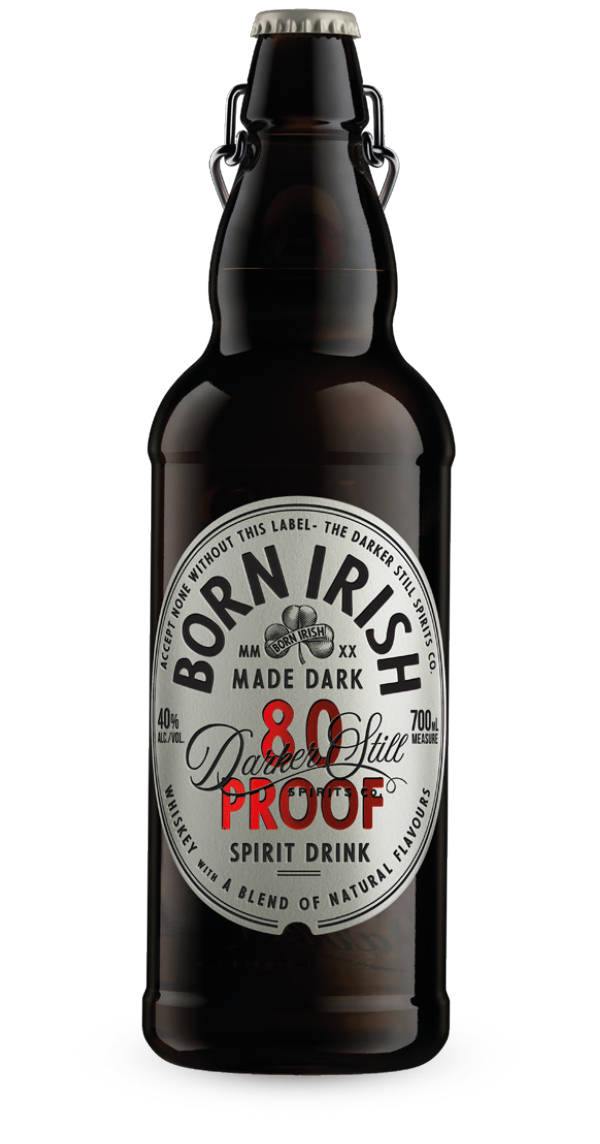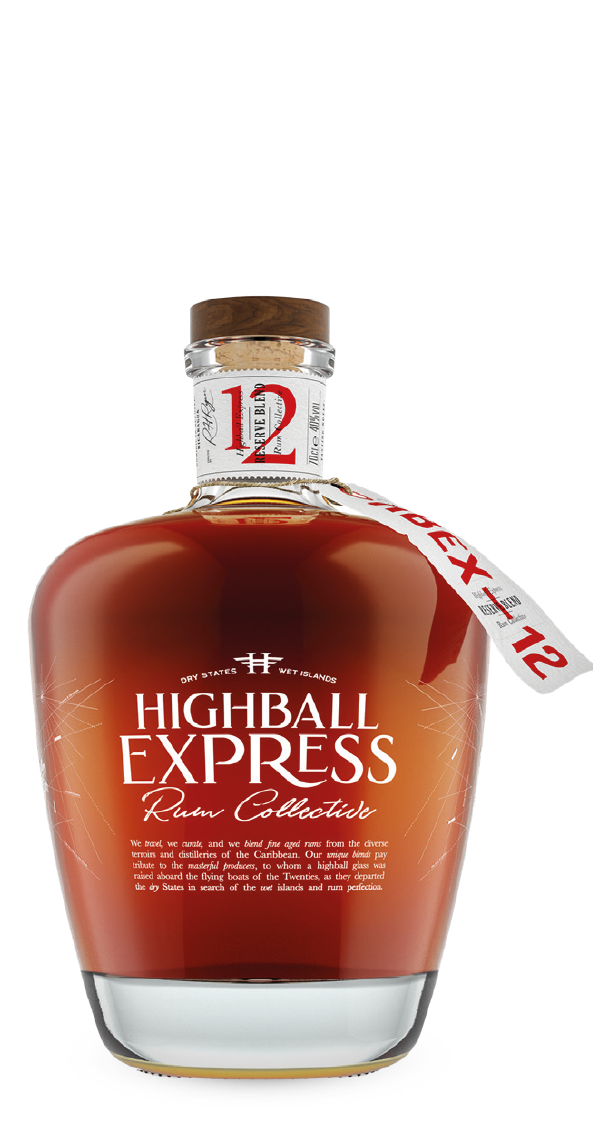Our Story
Lets go to the beginning to a story of things lost and found: specifically, two once-illustrious names that faded from view. History happens. Things change. Tastes change. People change. Names disappear. And then, years later, they are found, celebrated and glasses are raised once again.
Where it
all began
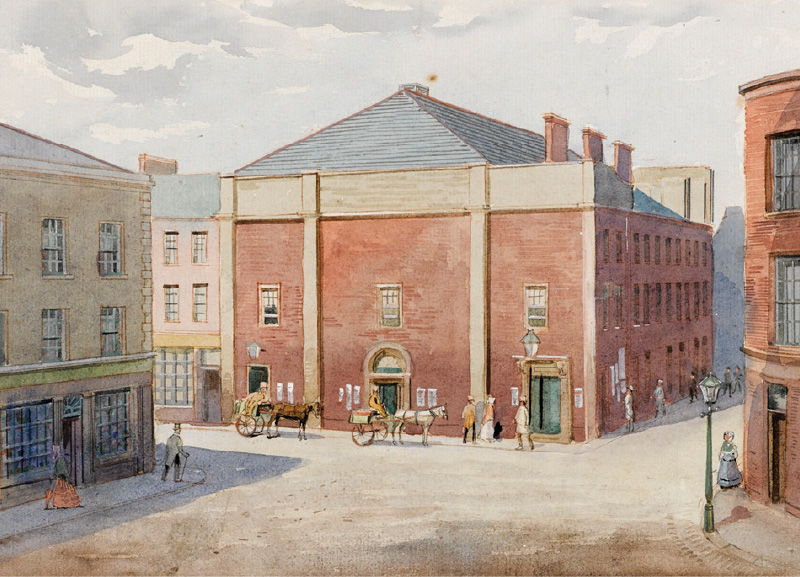
1847

Kirker Greer & Company founder Archibald Montgomery Kirker is born into a world booming with Whiskey production.
1866

Upon her death Sarah Warnock, the owner of an aerated mineral water company transfers her spirit licence to her Nephew Isaac Kirker.


1870

Archibald Kicker and William Greer of Kirker Greer & Company acquire the aerated mineral water company and extend bottling to beer and stout.
1885

Kirker Greer & Company
becomes incorporated.


1886

Kirker Greer & Co Ltd join forces with Mitchell & Co Ltd and James Wilson & Son to leases 12 acres of land on which they build the massive Connswater Distillery. Driven by a 250hp steam engine it had an annual output of over 2 million gallons using both Coffey and pot stills. This was the last great distillery to be built in Ireland in the nineteenth century and was the most high-tech of any distillery of its day.
1888

Kirker Greer launches “Old Lochdhu Whiskey” from Glasgow and “The Shamrock Whiskey” from Belfast.

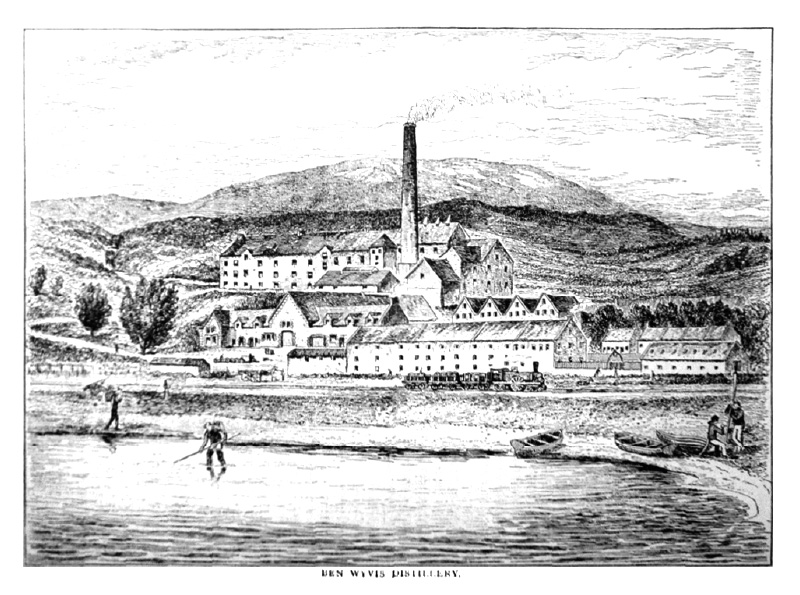
1892

Kirker Greer & Company Ltd buy Ben Wyvis Distillery in Dingwall Scotland. It is renamed Ferintosh and is the first of many ongoing acquisitions and partnerships both in Ireland and Scotland.

Academy st.
new offices
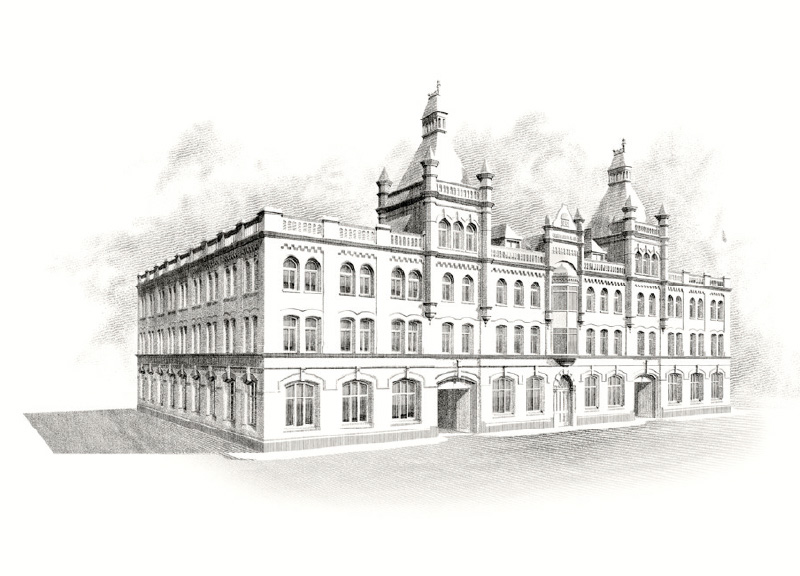
1900

Work commences on Kirker Greer & Company Ltd new offices and bonded warehouses on Academy Street Belfast. The building is completed the following year. Kirker Greer & Company serve from here as master blenders and merchants of the whiskey produced at Connswater.
1901
Founder William Greer dies on the 26th October 1901.

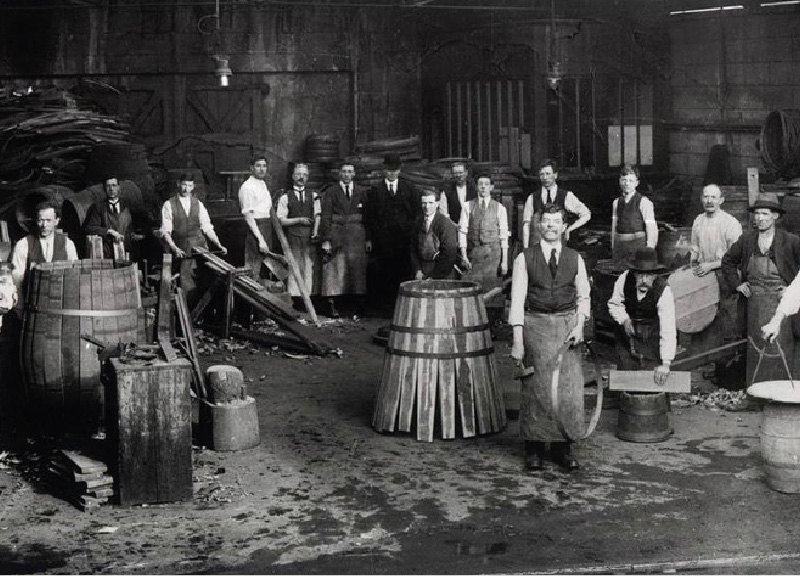
1902

The Connswater Distillery joins UDC (United Distilleries). Now joined by Avoniel Distillery and two distilleries in Co. Londonderry they make for a combined output of 6 million gallons per year. Considering the blending facilities of Kirker Greer & Company Ltd this output of predominantly grain whiskey was enough to seriously worry the Scottish distilling giant DCL (Distillers Co Ltd) who had recently bought and closed down a swathe of Irish grain distilleries to halt competition and control excess grain spirit capacity.
1908

Over 3 years a deal is agreed between UDC and DCL to split the very substantial grain whiskey market. As part of this both firms acquired shares in the other. In DCL’s case they acquired 50% of UDC.


1910

During the early 1910s marketed the Shamrock in the US along with three other Irish whiskies; Mitchell’s Holly, Corbett’s 3 star and Tyrconnell 3 star. In an advert published on July 1 1911 it reads, ‘All branded with the Veritor label - the label which is the guarantee of the highest standard of quality in Irish Whiskey…Unless you can see the Veritor label you cannot be sure that you are getting Irelands best.’
1911
Founder Archibald Montgomery Kirker dies.


1913

To the annoyance of DCL the existing UDC directors including Kirker Greer & Company Ltd form the DFC (Distillers Finance Corporation) transferring in their 50% share of UDC whilst also acquiring interests in Tanqueray Gordon and a number of blenders in Belfast and Scotland.
1915
A new ‘Immature Spirits Restriction’ law stipulates that all grain whiskey must be aged a minimum of three years, effectively hindering operating profits of UDC from the sale of younger grain whiskey. This adversely impacts the DFC group.


1919

During the years of WW1 1919 -1921, United Distilleries diversify and make large quantities of industrial alcohol to be used in munitions. They also become the biggest producer of yeast in the UK.
1921
There are no more Kirkers on the board of Kirker Greer however Williams wife ‘Helen’ Greer still acts as a director.
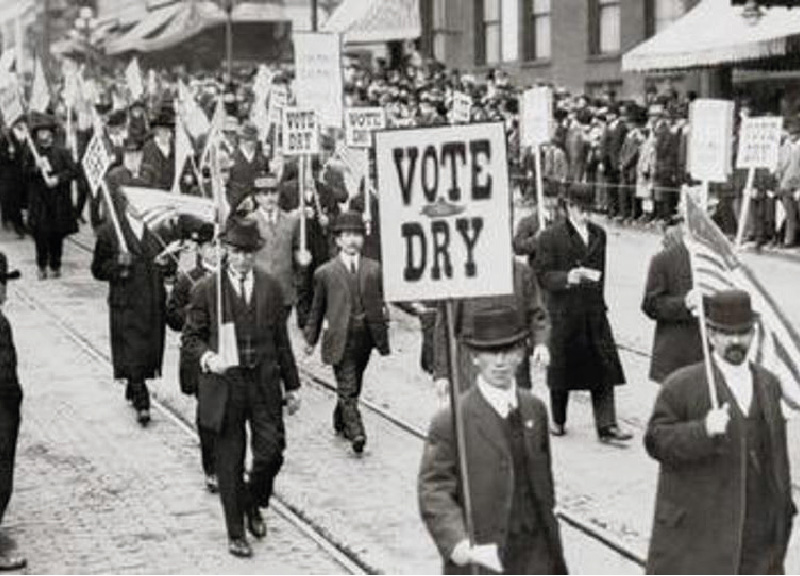
1922

DCL buy over the floundering DFC who could not recover from the 1915 Immature Spirits act or the adverse effects of prohibition.
1929
The Connswater Distillery closes.

1944

Kirker Greer & Company Ltd is absorbed by DCL. The successor to DCL is Diageo.

a New
era is born

2016

A new era is born - 73 years after closing, Kirker & Greer is reformed in Belfast by Steven Pattison & Richard who are co-owners launched its first brand Jawbox Small Batch Gin with is production partner Echlinville Distillery and local bartender Gerry White.
2017

Kirker Greer begins a UK distribution agreement with two new Gin brands. The Shed Distillery for its Drumshambo Gunpowder Gin which was designed by our sister company Drinksology. Along with Italian brand Malfy Gin.

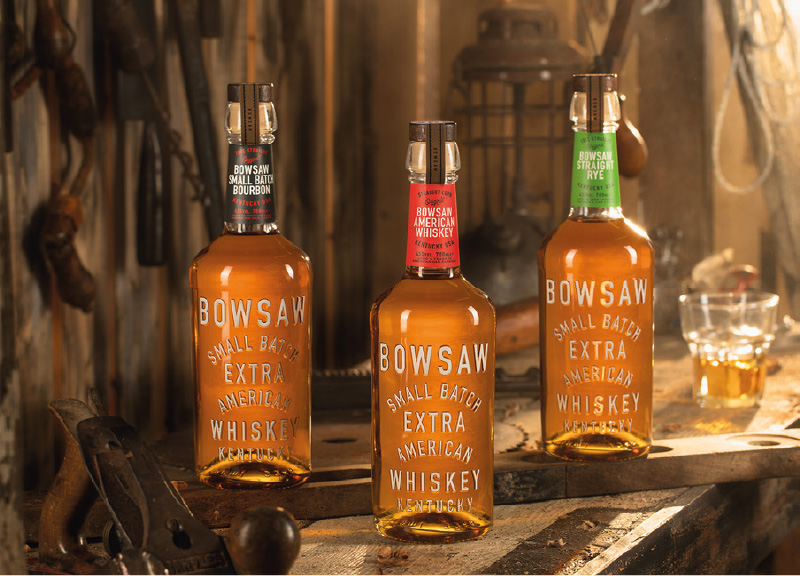
2019

The release of Kirker Greer’s second brand Bowsaw Bourbon hits the shelves in international markets.
2020
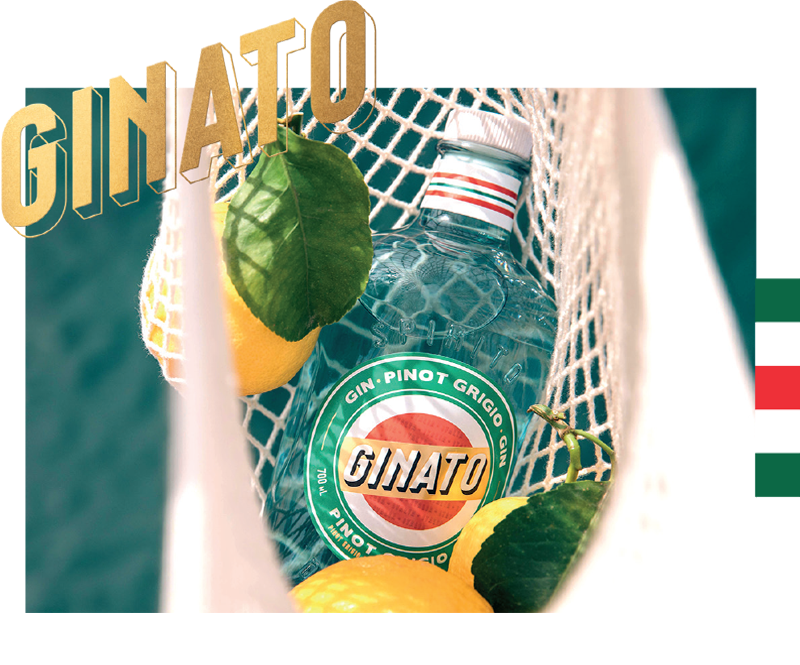
The addition of a new gin brand from Italy called Ginato joins the Kirker Greer family and fills the space of Malfy which was recently sold by the brand owner to Pernod Ricard.


2021

Kirker is born again with the release of its first whiskey brand in over 100 years. The release of Kirker Shamrock is a world first being the only Irish whiskey made using whiskey from each of the four provinces of Ireland. Kirker Shamrock is quickly followed by three more brands Ukiyo Spirits from Japan, Born Irish and Highball Express Rum Collective from the Caribbean.
2022
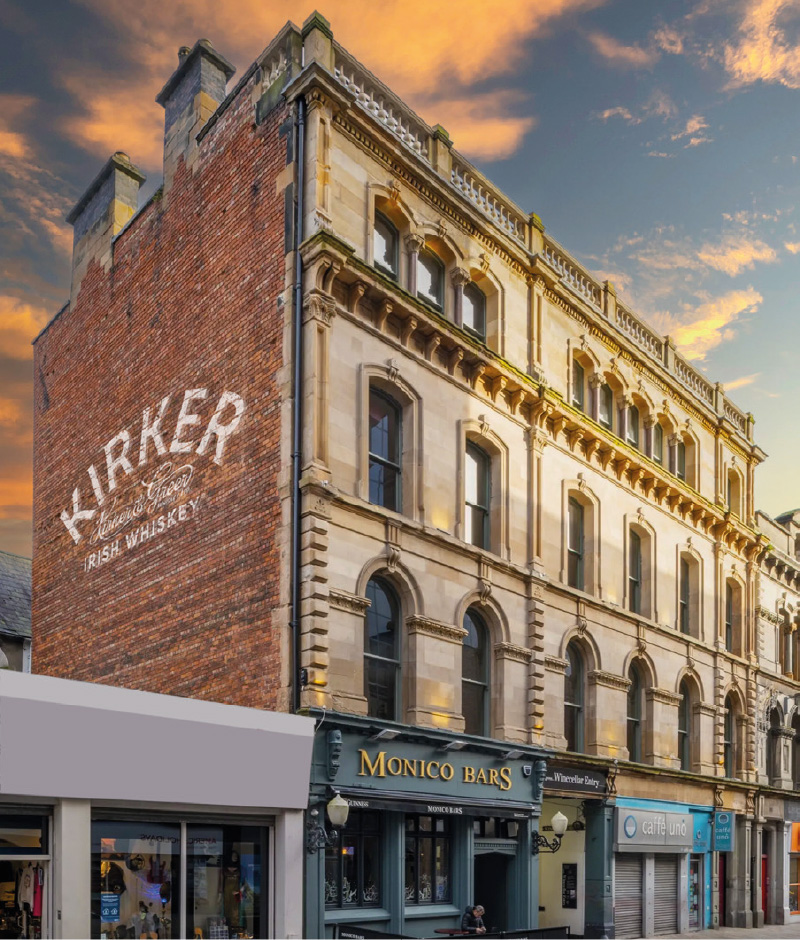
122 years after the original office of Kirker & Greer opens in Belfast a new home is found in nearby Lombard Street, Belfast. A new headquarters for the company and a new home for its blending rooms. To celebrate the company releases a unique Irish whiskey brand finished in Stout Casks called Born Irish whiskey.
a New
headquarters

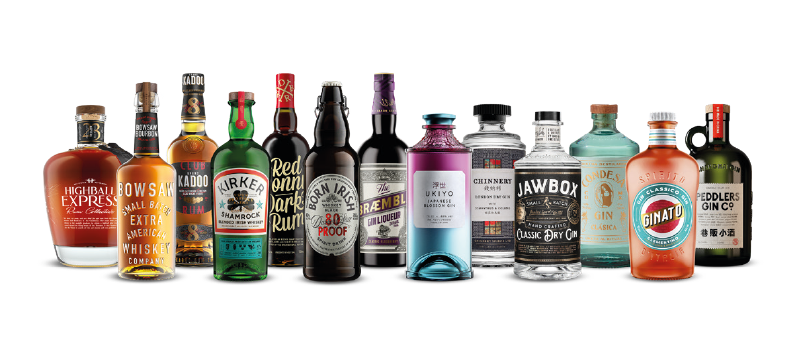
2023

The purchase of Chinnery Gin starts of the year and production is moved from Dublin to London. Two new brands enter into a European Distribution partnership with Kirker Greer - Condesa Gin from Mexico City and Peddlers Gin from Shanghai.





